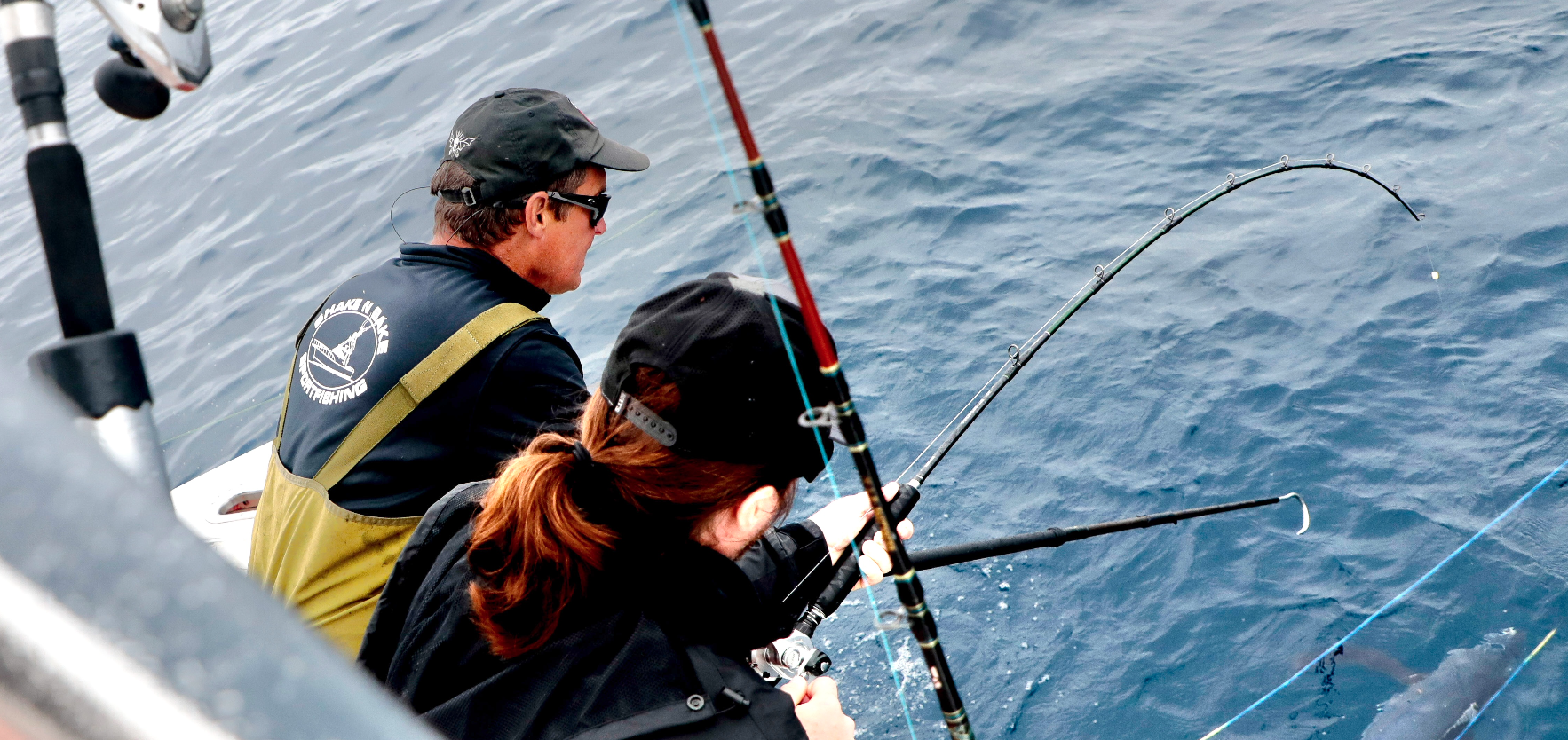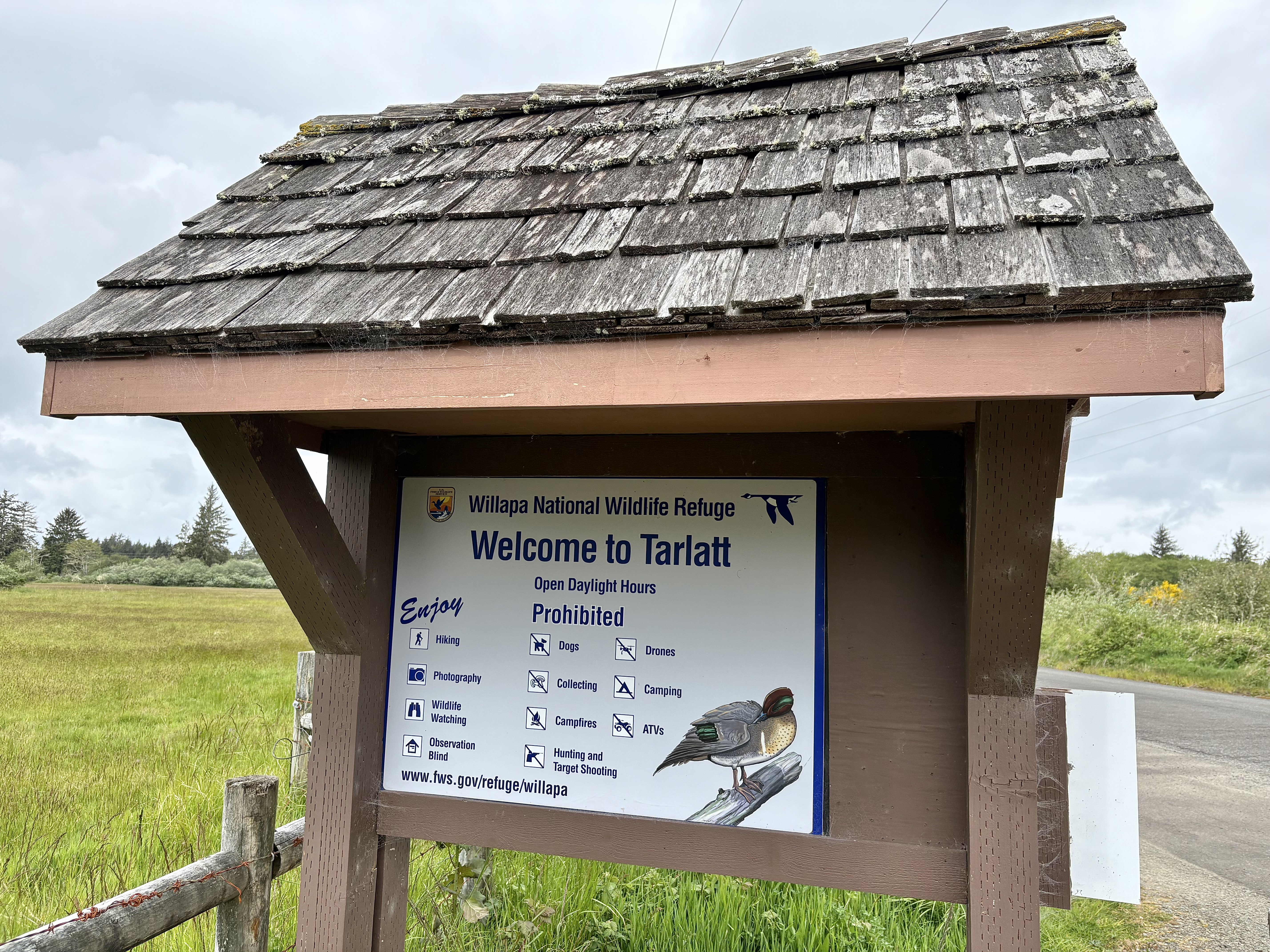Columbia River’s microscopic life overthrown by invaders
Published 9:27 am Tuesday, January 5, 2016
Quagga and zebra mussels that have taken over many of the waterways in central and eastern areas of the United States and Canada, especially in the Great Lakes, aren’t the only aquatic invasive species that have biologists worried.
Trending
Invasive plankton or copepods have been taking over Northwest waters for over two decades.
Several species of Asian copepods have been arriving in Oregon and Washington estuaries and rivers on overseas ships that dump the invasive copepods as they exchange their ballast water, according to Stephen Bollens of Washington State University’s School of the Environment.
Speaking to the Northwest Power and Conservation Council at its Dec. 15, 2015 meeting in Portland, both Bollens and Tim Counihan, U.S. Geological Survey Columbia River Research Laboratory, presented their recent research on the presence of Asian copepods in the Columbia River.
Trending
They also reviewed their project to detect and prevent the spread of quagga and zebra mussels in the Northwest. Funding for that project by the Bonneville Power Administration ended September 30. However, according to Bollens and Counihan, there is still much work to be done.
The good news about zebra and quagga mussels, Bollens said, is that out of 300 samples from boats in the Northwest that were processed in 2014-15 using a dynamic imaging particle analysis, known as FlowCam, there had been no detections.
On the other hand, the Asian copepod, which he has studied for most of two decades, already occupies Northwest waters and is rapidly displacing the naturally occurring and homegrown copepods.
Asian copepods have been found in seven West Coast estuaries as well as in the Columbia River basin.
“When this invader gets hold there’s nothing subtle about it — they take over,” Bollens said of the Asian copepod, which, like their local relative, are small plankton-like crustaceans.
Prior to the invasion of the Asian copepod, juvenile salmon and other aquatic species would feed on the native copepods in rivers, he said. However, the Asian copepod crowds out the native copepods.
Plus, after it eliminates native copepods, it lives closer to the bottom and becomes food mostly for sculpins and other bottom dwelling fish. Juvenile salmon not only prefer native prey, they also prefer to feed closer to the surface of the water, he added.
“And there is a different Asian copepod that has taken over in some of the upper reaches of the Columbia and Snake rivers. Again, they dominate,” Bollens said. “They have changed the food web in these systems.”
As summer water temperatures increase, he expects the copepod will dominate more. “How this impacts the production and survival of native fish is yet to be determined.”
“Moreover, these successful invaders may increase ecosystem stress and reduce ecosystem resiliency in a way that makes additional invasions — perhaps most notably, by zebra and quagga mussels — more likely in the future,” says a Dec. 7 memorandum to Council members from Jim Ruff, manager, Mainstem Passage and River Operations at the Council.
Invasive species prevention is a high priority in the Fish and Wildlife Division’s work plan, Ruff said in his memo. “Preventing invasive species introductions in the Columbia Basin, and in particular detecting and preventing an infestation of quagga or zebra mussels will help protect past Program investments.”
Bollens and Counihan also reviewed their BPA-funded project on enhanced monitoring and early detection of invasive quagga and zebra mussels. The two will present the results of this project to the Council after they complete it at the end of this year.
That project’s objectives, according to Ruff, are to:
1. Contribute to the coordination of regional early detection efforts;
2. Summarize past efforts in the context of risk assessment data;
3. Provide a framework for prioritization of boat cleaning stations;
4. Assess the use of new detection technology, such as the FlowCam and environmental DNA to process mussel veliger monitoring samples from the Columbia River Basin; and
5. Cconduct research that will help to assess the causes and effects of biological invasions in the basin.
Ruff said that “Although tremendous progress was made during 2012-15, additional early detection research and sampling is needed to reduce the risk of introduction and establishment of aquatic invasive species, especially quagga and zebra mussels, in the mainstem Columbia River and other Pacific Northwest water bodies.”
A quagga and zebra mussel invasion could be costly to the Northwest and Canada with an estimated annual cost of $500 million.









